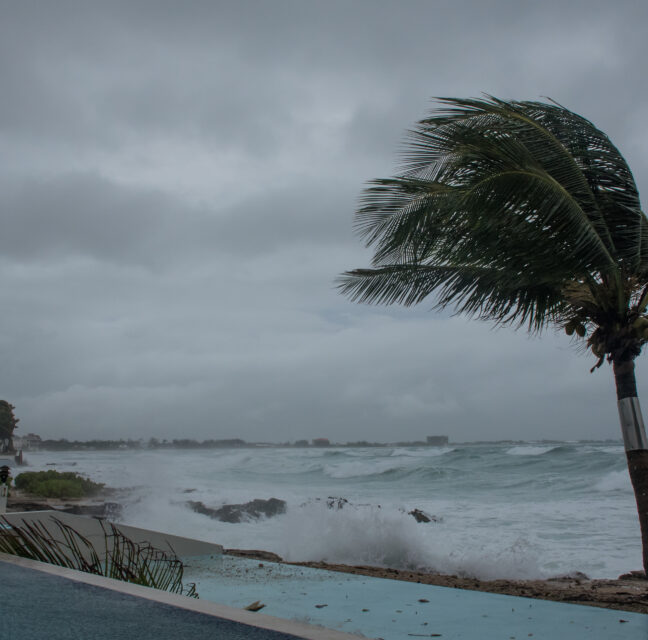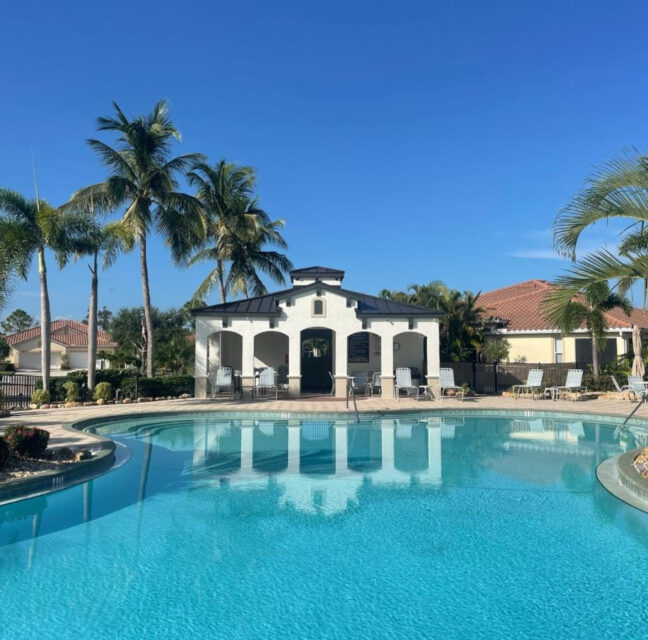By Jay Lev Burnt Store Anglers With water temperatures beginning to cool a bit, the grey snapper has become active and moved into our shallow waters.
The grey snapper, also known as the mangrove snapper, is a fun fish to catch, especially if you are on a family outing. Many anglers who are fishing for snook and redfish will find the mangrove snapper is an annoying bait stealer. But, if you are looking to get an hour or two of action-filled fishing, try going after these snappers. The mangrove snapper is identified as being dark brown or grey in color, with a very long top dorsal fin. This fin is made up of long, very sharp spines, that if you are not careful handling this fish, can cause some pain. Some of these snappers have a blueish line under their eye, and some red faint lines running from the top to the bottom of the fish. On average, these snappers inhabit the shallows and are small. The minimum size in regulations that you can keep is 10 inches. Larger inshore and offshore grey snappers can run as large as 15 to 20 inches and weigh up to 10 pounds. Many of the snappers caught inshore are 12 to 14 inches, but are great little fighting fish. They are also excellent for eating fish if prepared fillet style. Known as bait stealers, these fish can clean your baited hook in just two or three bites. Fishing for them requires a good deal of bait on hand. Their favorite bait is a small chunk of shrimp. You do not need to spend a small fortune on large, handpicked shrimp, as the smaller shrimp will do just fine. If you do elect to use a larger shrimp, be sure to cut the shrimp into one-inch or smaller pieces for your bait. The head section of the shrimp does not usually attract these fish. A chunk of frozen bait squid, also cut about 1 inch in size, works well. In either case, place the bait securely on your hook or it will be gone before you feel the fish biting. There are many common places to fish for these snappers.
Here are some of their favorite hideouts.

- Fishing along docks, the mangrove snapper love to hang out on the shadow side of the dock’s pilings usually close to the bottom.
- A second great hideout is the roots of mangrove plants along the shoreline. Usually, the plants located the greatest distance from the shore hold these fish. Don’t be afraid to get your bait right in the mangroves, as the snappers will lie
in waiting. - Grass flats, when you can find them, are also a favorite hiding spot. The mangrove snapper usually lies near the edges of the grasses waiting in ambush for a small crab or shrimp.
- Public docks usually hold these guys as well. Be sure you can fish from the dock you have selected, as many public docks are posted as no fishing areas.

The most productive rig for catching the mangrove snapper is a suspended bait floating under a cork or commercial styrofoam float. Many anglers use the same size float when fishing with live bait for snook or redfish. That size works fine, but I prefer the small one-inch float that is easy for the fish to pull, and can be cast artfully between the roots of a mangrove cluster. If you are casting to a grass patch or dock, the larger float gives you the extra weight necessary to beat the wind and current to get to the location you think the fish are holding on. I usually use three feet of 20-pound clear monofilament leader material below my float. I also favor a number 2 hook or a hook up to a 2/0 circle hook. If you are fishing offshore in deeper water around a reef, I recommend a 2/0 to 4/0 size hook for the much larger mangrove snappers found on the reefs. You will need a good-sized ball sinker, fixed above the leader, to get your bait down in deeper water. Many times, I will use a split shoot 1/8-ounce sinker attached to my line above the hook, instead of a float when fishing shallow water. Just watch for line movement that signals the fish has picked up the bait. Finally, the use of a small mid- water casting lure, no larger than 3 inches, can be used to attract the interest of the snapper. Your choice of a favorite lure usually does the trick.
Since these mangrove/grey snappers are abundant, they become a great fish to bring young anglers after, and for the family outing to a waterside park loaded with seawalls and pilings. They are just waiting for you to drop a line baited with a small piece of shrimp into the water. Tight Lines!





